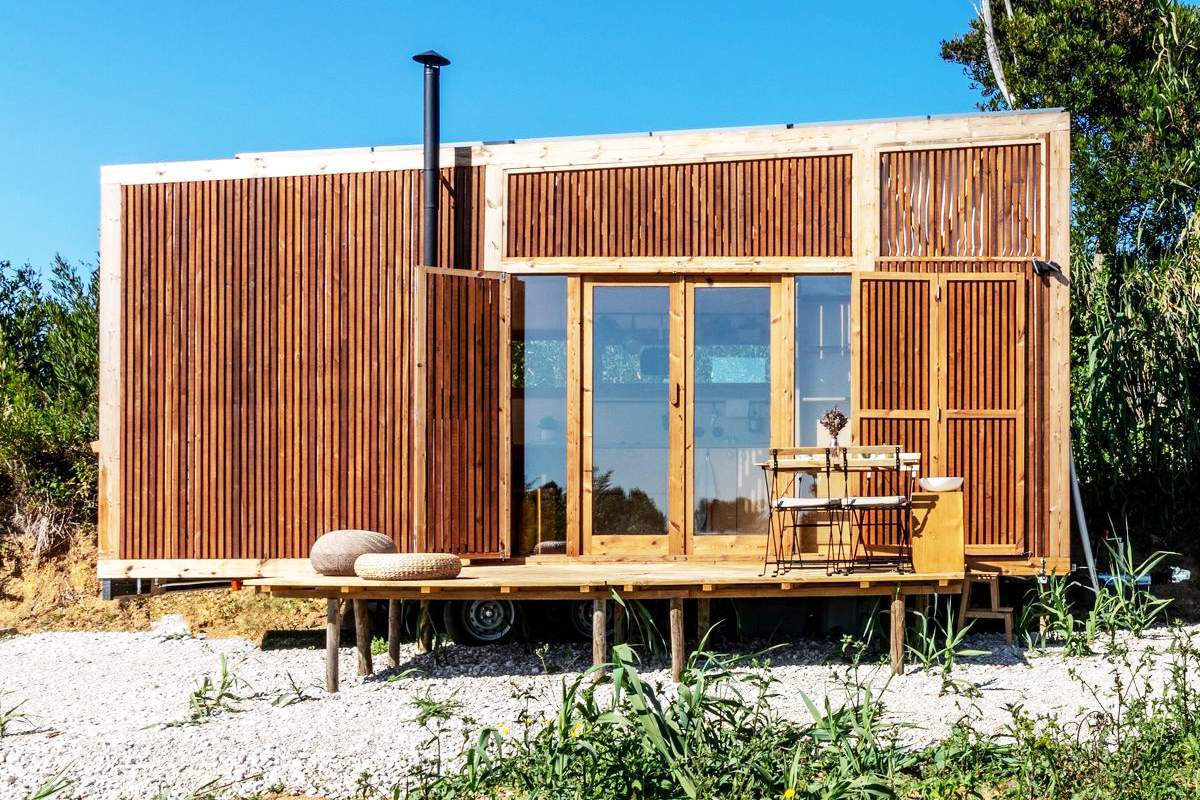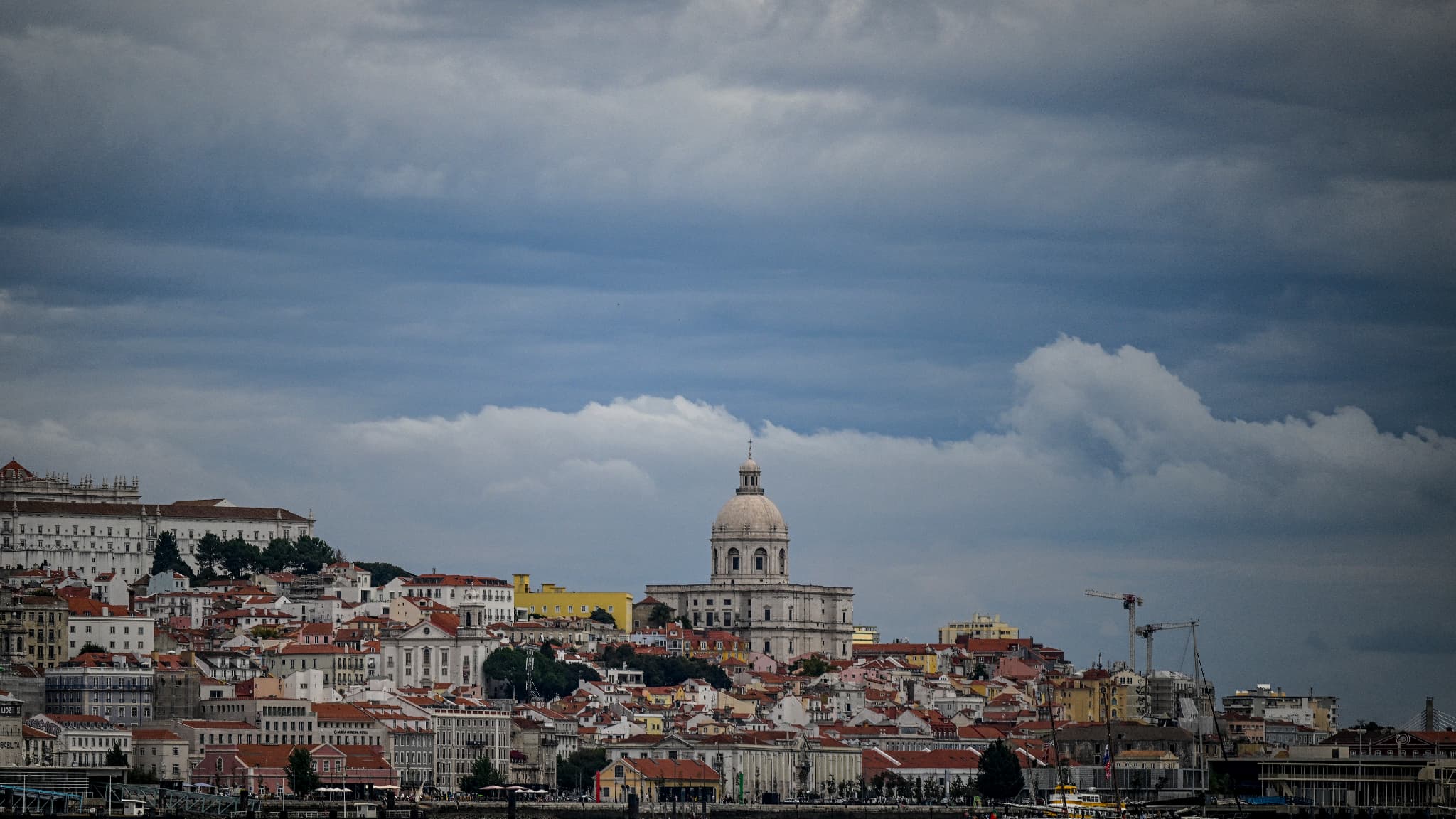
The area ravaged by wildfires this year in the country is more than 10 times higher than the average hectares burned per decade, and Quebec is the hardest hit province.
“The situation is critical (…) and in Quebec (it is) particularly rare and dangerous,” Federal Health Minister and Quebec MP Jean-Yves Duclos said Thursday.
He noted that historically the county was not used to being in the midst of wildfire season.
Mr. Duclos noted that Ottawa has provided support to respond to the urgency of the situation, ensuring that the federal government will also be there for the long haul.
Reconstruction and more sustained and sustained support will be needed. (…) On this basis we will work with the Quebec government and the municipalities concerned,” he said.
file | Wildfires 2023
His colleague Bill Blair, the head of civil security, said that weather forecasts allow us to be optimistic about the future. He praised the work of Quebec authorities to contain the damage.
Environment Canada expects a cold front to set in by Saturday, which will bring temperatures closer to seasonal standards.
Meteorologist Jean-Philippe Begin said he doesn’t expect more heat waves over the next week, but the Humidex factor should help keep the mercury somewhat elevated.
He added that northern and western Quebec should receive “a significant amount of rain,” especially in areas where the fires are burning. Any rain is welcome. In some places, he said, we can go over forty, even fifty millimeters. These rains will be localized in some places due to the windy nature of the cold front.
absolute record
The Department of Natural Resources indicated that a cumulative 8.8 million hectares had been burned in 2023 in Canada, as of June 27, while the ten-year average was 805,196 hectares.
This fire-affected area surpasses the previous record of 1989. That year, 7.6 million hectares burned.
Right now, Quebec is the province hardest hit by the fires, said Yann Boulanger, a forest ecology researcher with Natural Resources Canada. He explained that about 1.5 million hectares have been burned in the Intensive Protection Area, which roughly corresponds to Quebec’s commercial forest, as part of the status report. There is also another 2 million hectares currently burning in the northern region, mainly in James Bay.
There are several months left in the unprecedented wildfire season, said Michael Norton, managing director of Natural Resources Canada. “The latest forecasts indicate that fire activity may remain higher than normal through July and August across much of the country, from British Columbia to Quebec,” he warned.
He said that the actual number of burned hectares will not be known until after the incident, and the numbers that were revealed are estimates. “There is no doubt that we have surpassed the previous record,” said Norton.
As for the number of fires declared this year (3412), it also exceeds the 10-year average (2751).
“The fact that so many fires spread across Canada and continued to burn for so long, as well as so many fires that followed, is unprecedented in the annals and partly explains why this year has been so difficult,” Norton summed up.
agreement with Portugal
In addition, Canada and Portugal on Thursday signed a Memorandum of Understanding to strengthen their mutual assistance relations.
This Memorandum of Understanding, between the Canadian Natural Resources Corporation and the Integrated Agency for Rural Fire Management in Portugal, aims to define procedures for the better exchange of human and material resources, as well as knowledge, for firefighting.
Portugal has already sent 140 firefighters to the country to support Canada in its fight against wildfires this year.
This partnership is Canada’s seventh with another country in its fight against wildfires. Recently, protocols have been signed with the United States, Mexico, New Zealand, Costa Rica, Australia and South Africa.
On June 27, the federal government launched its National Adaptation Strategy, whose goals include reducing the risk of climate-related natural disasters, protecting Canadian biodiversity, and building and maintaining climate-resilient infrastructure. and support the economy.
The situation in Quebec
Thursday morning, there were 142 active wildfires in Quebec, including 74 in the northern region.
Of that total, five were deemed out of control, according to the Forest Fire Protection Association (SOPFEU). The number could become even higher due to the increase in the intensity indicators of some fires considered contained.
Firefighting efforts were particularly concentrated in northwest Quebec in the regions of Lebel-sur-Quévillon, Senneterre, Normétal, Chibougamau, Mistissini, Louvicourt and Lac Simon, as well as Obedjiwan.
let’s see | Wildfires: Deplore the closure of Resolute Forest Products’ Alma plant
Environment Canada Thursday morning issued a severe heat warning covering the entire southwest of the province. Including the Humidex agent, the temperature can approach 40°C during the day. This humidity is expected to continue until Friday when temperatures will range between 35 and 38 degrees.
To the north, a severe thunderstorm has been declared. This could cause new fires to break out or re-ignite some fires that were under control.
The county’s northwest, where many wildfires are still raging, has been under heavy smog alert.
The ban on access to the forest on lands within the state and the closure of forest roads were in effect Thursday in some sectors located in the regions of Nord-de-Quebec, Abitibi-Temescaming, Haute-Maurice, Saguenay-Lac-Saint-Jean and Cote-Nord.
In northwest Quebec, the ban on open fires in or near woods remained in effect, and restrictions on working in the woods remain in effect.
SOPFEU reported that on Wednesday, 1,343 forest and combat aid firefighters and more than 200 soldiers were working at the various fire sites, in addition to 122 regular SOPFEU staff at various operating bases and at the main office.
Firefighters from New Brunswick, Yukon, the United States, France and South Korea also participated in the operations.






